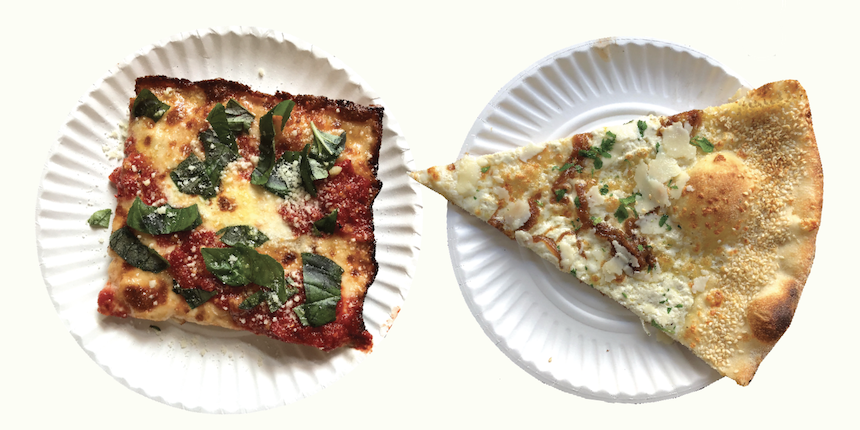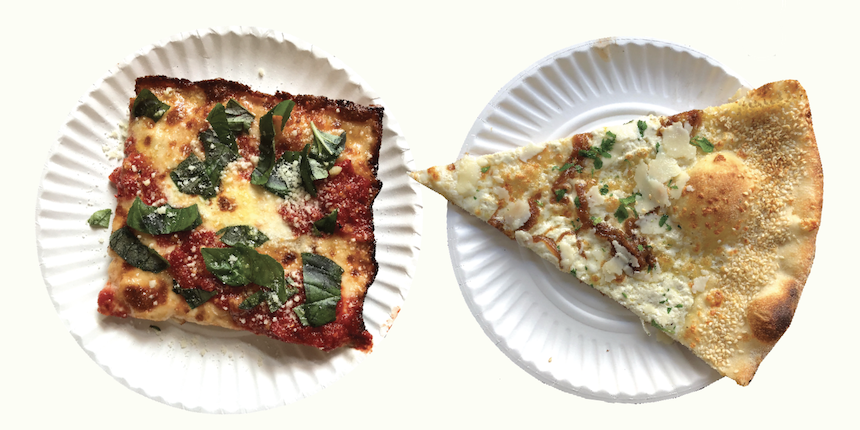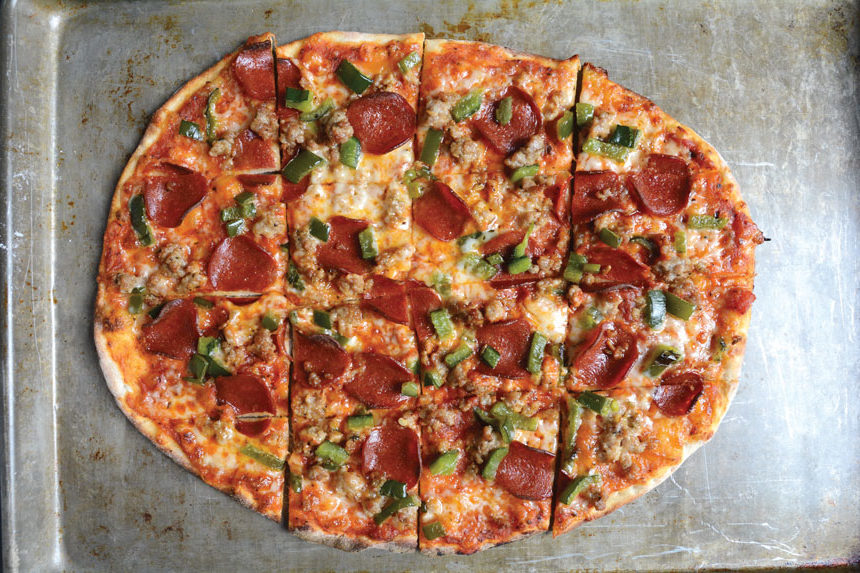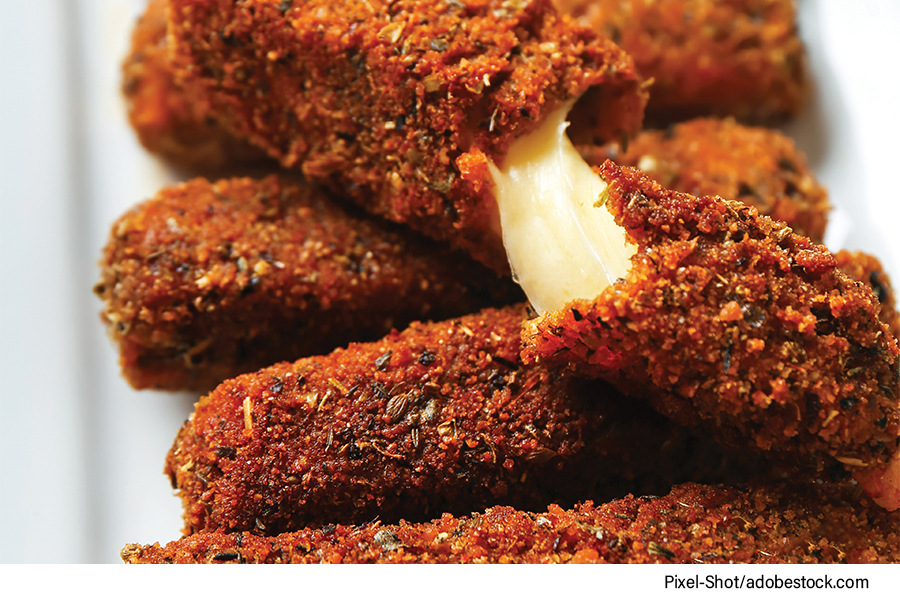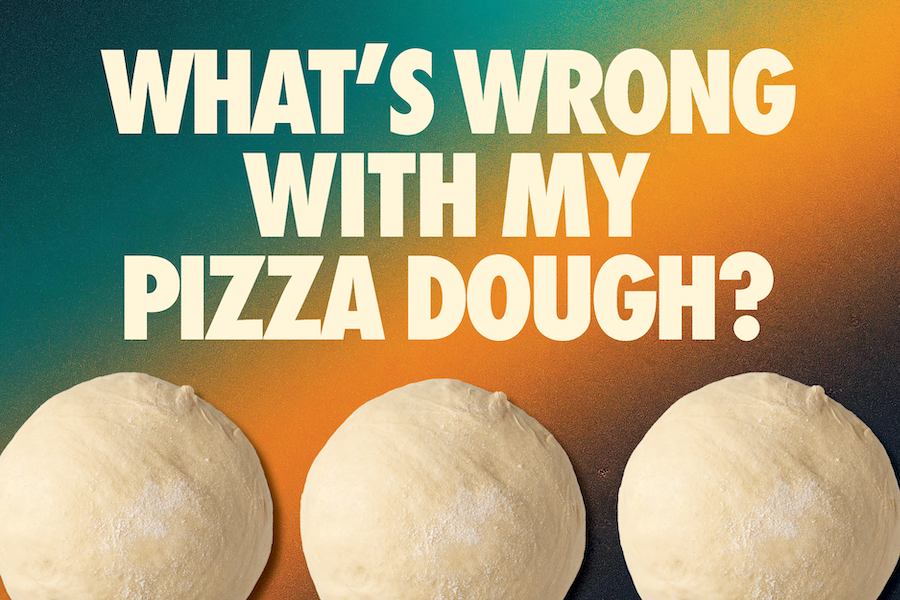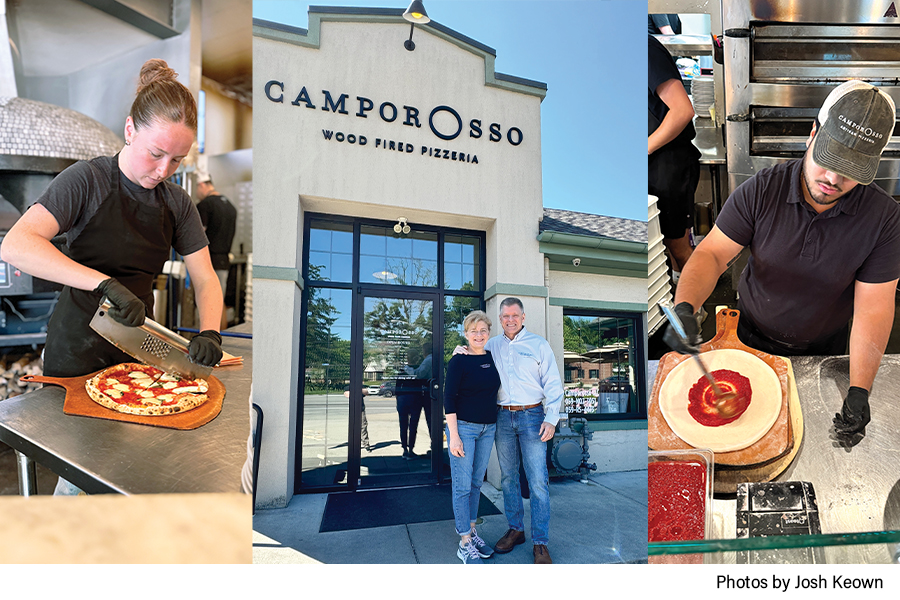Sicilian Pizza — The Sicilian Way
Have you ever been to Sicily? The first time I visited Sicily I knew nothing about the place outside of it being the island in the south being kicked by the boot of mainland Italy. This was before I had ever watched The Godfather and right at the beginning of my pizza career. I had no clue about the different styles of pizza, let alone the impact simple things could have on food culture.
Sicily, to me, is one of the meccas of street food, and Sicilian-style pizza as we know it today got its humble beginnings among the simple people. Nowadays when you see Sicilian-style pizza on a menu, it generally means a thick-crust pizza made in a rectangular pan cut into square slices. Besides that, the range of toppings and application of toppings varies just as much as any other style of pizza. In addition, like other styles the line between bread and Sicilian “pizza” has blurred tremendously with techniques associated with other styles blended into it. But Sicilian pizza traces its inception back to sfincione.
Sfincione, meaning soft sponge, is one of the OG street foods found in Sicily’s capital city, Palermo. It is topped with tomato sauce and a mixture of cacciocavallo cheese, breadcrumbs, anchovies, onions, olive oil, salt and oregano. Sfincione is easily found all over Palermo with different variations existing outside of the capital city, but mozzarella did not find its way onto Sicilian-style pizza until it left its homeland. Mozzarella is not a cheese that is traditionally associated with Sicily since cows and water buffalo are not generally found on the island, but instead sheep’s milk and goat’s milk cheeses are more common. It is hard for me to call sfincione pizza in that this is something unique unto itself. Like focaccia is focaccia no matter what is put on top of it, sfincione is in its own category with Sicilian-style pizza evolving from it.
When I first started thinking about Sicilian-style pizza and how to define it, I knew I would have to go to two masters of the style. Their names have become synonymous with Sicilian-style pizza, and their version of this pan style wows everyone when they try it. Chris Decker and John Arena have developed a five-day fermented Sicilian that incorporates freezing to help evaporate out additional moisture adding to the crispy final texture. When speaking with both Chris and John, they described their Sicilian as “looking like a brick but feels like a feather.” Sicilians are typically one of the thickest of the pan styles. It normally has a crispy bottom, is ¾ to a full inch in thickness and has a moderately open crumb structure. It can be confusing these days when we begin to talk about the interior crumb because the trend right now is big open structure. Sicilians tend to have a more closed structure with smaller bubbles but many of them as opposed to large sporadic bubbles like you see in Roman and even in versions of focaccia.
Sicilians land between focaccia and the Roman pan style in that focaccia is very closely related to the Sicilian in its original form. Roman techniques and flours have begun to creep into the Sicilian style turning it into a sort of hybrid. Roman can take upwards of three days and have a high hydration leading to a very thin, crispy crust with a very large and airy open crumb structure. Since a lot of toppings are put on after the cooking process in Roman pans, it makes sense to have a large, open crumb structure as it does. The Sicilian style is meant to carry a heavier, wetter ingredient load so having a spongier texture that can hold everything without deflating it is ideal. Using long and controlled fermentation times, like Chris and John do, give the Sicilian a lightness to the interior.
Hydrations into the 70s and above are more common with Roman styles and breads although can be found with some Sicilians. When it comes to higher hydrations, cook temps and whether doughs are topped and baked from raw or par baked then topped and cooked lends to very different finished products. The debate over par bakes or cooked form raw extends into Sicilians. For those looking for a slight crisp and a very soft interior, cooking from raw will give you that texture albeit a longer cook time. Par baking is going to give you a soft interior but the double bake is going to cook out more of the moisture giving you a firmer outer crust. If you are making a New York-style dough that is cooked in a 500-550 F oven, the same dough can be used for a Sicilian.
Incorporating Sicilians into an operation is fairly easy although time is going to be your biggest factor. Sicilians require a rising period after they’ve been pushed into the pan and then a second period if they require an additional stretch to get the dough into the corners. This double rise process as well as large quantities can take hours. Adding this into an operation could mean the addition of new equipment like a proofing cabinet and pans as well as an extra prep person on payroll. Although it may sound like a lot of work, Sicilians are one of the best pizzas for takeaway and delivery as they reheat impeccably and don’t become soggy as fast as thinner pizzas do. Sicilians are also a great catering style as they can be par baked in advance and transported to a site without the worry of your dough over proofing or having been mishandled.
The Sicilian style is one with a deep-rooted history but one that has evolved many times since its beginnings here in the US. I imagine it will continue to evolve as trends change but the origins of the style is one worth traveling to Sicily for.
Laura Meyer is owner of Pizzeria da Laura in Berkeley, CA.
>> Explore Pizza Dough Recipes for Top Trending Pizza Styles including Detroit, New York, Grandma, Sicilian, Chicago Thin and Deep Dish. <<


